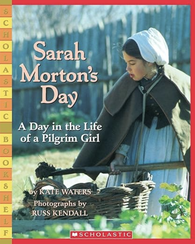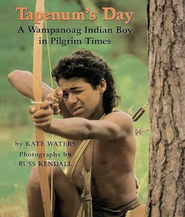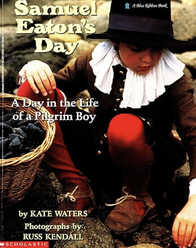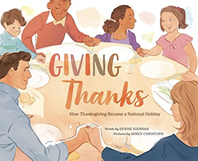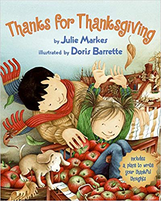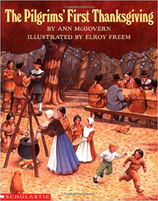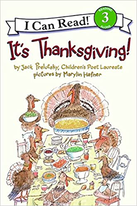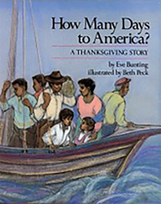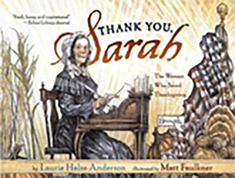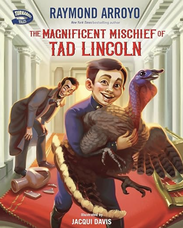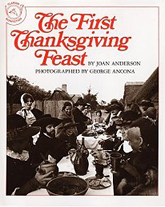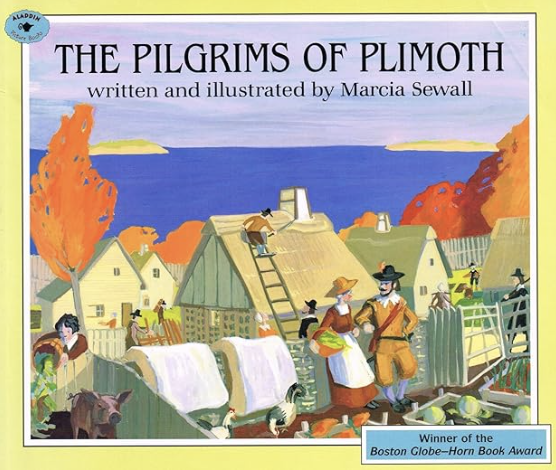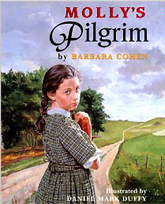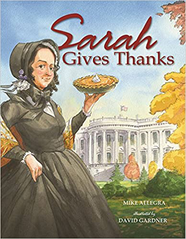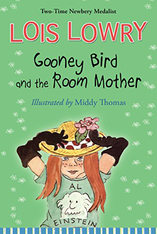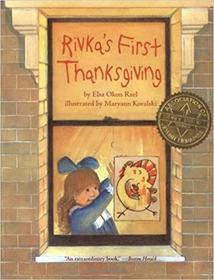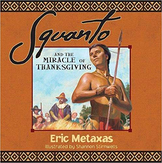|
We have two renditions of the classic poem "Over the River and Through the Wood" by Lydia Maria Child to read to younger children this Thanksgiving. In one of the books the children are heading to "Grandmother's" house, in the other one to "Grandfather's"! Both are beautifully illustrated, one in a traditional and one in a more whimsical modern style. Christopher Manson's version includes the music so you can sing along!
|
|
"Thanksgiving in the Woods" is another fun variation on the theme of joining Thanksgiving with the great outdoors. Based on a real-life tradition, the book tells the story of children getting ready to go celebrate Thanksgiving with friends outside in the woods. When they get there, they all sing together and enjoy family and friend time. A simple tale for young children, but very lovely, with sweet illustrations.
|

